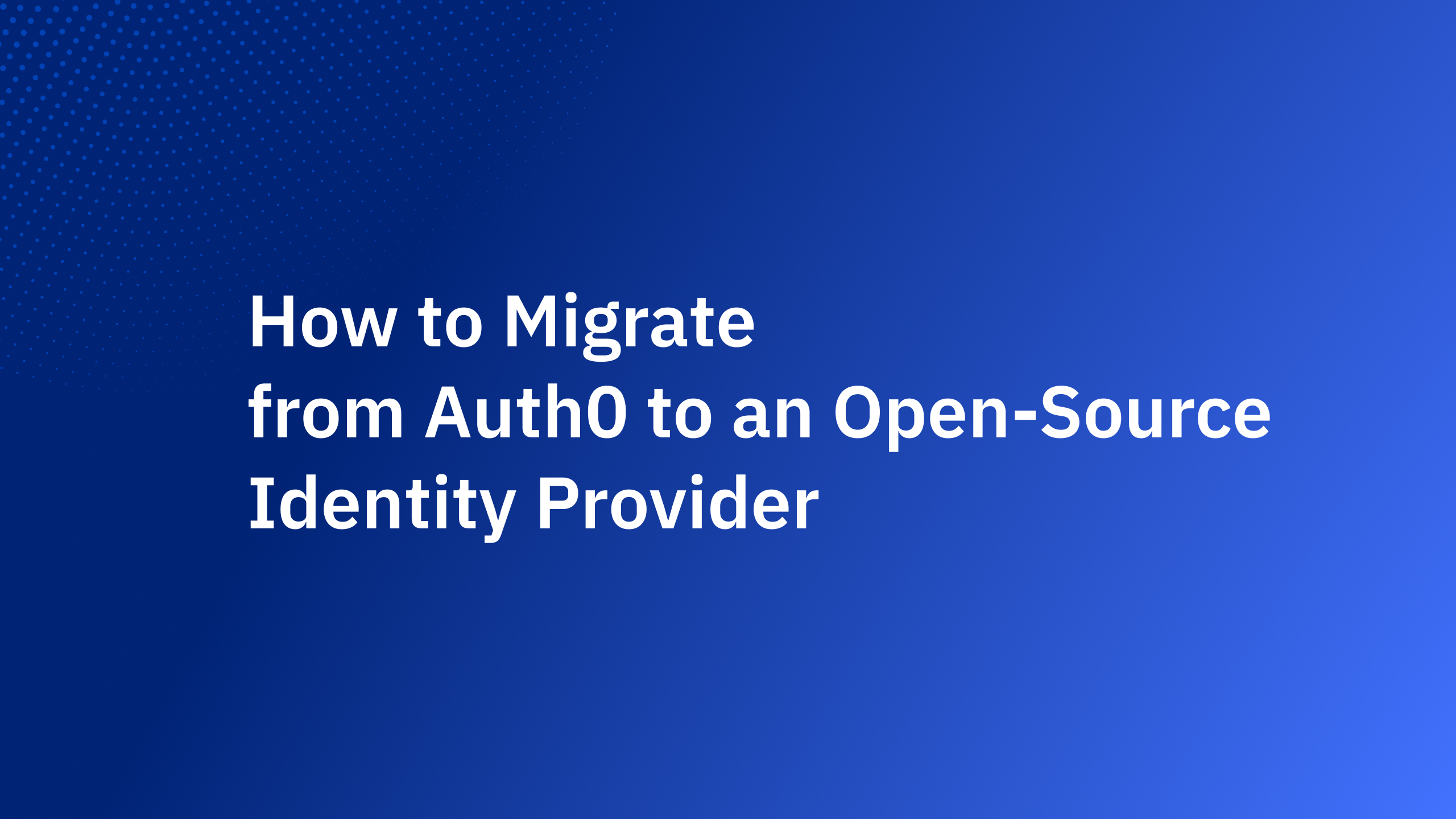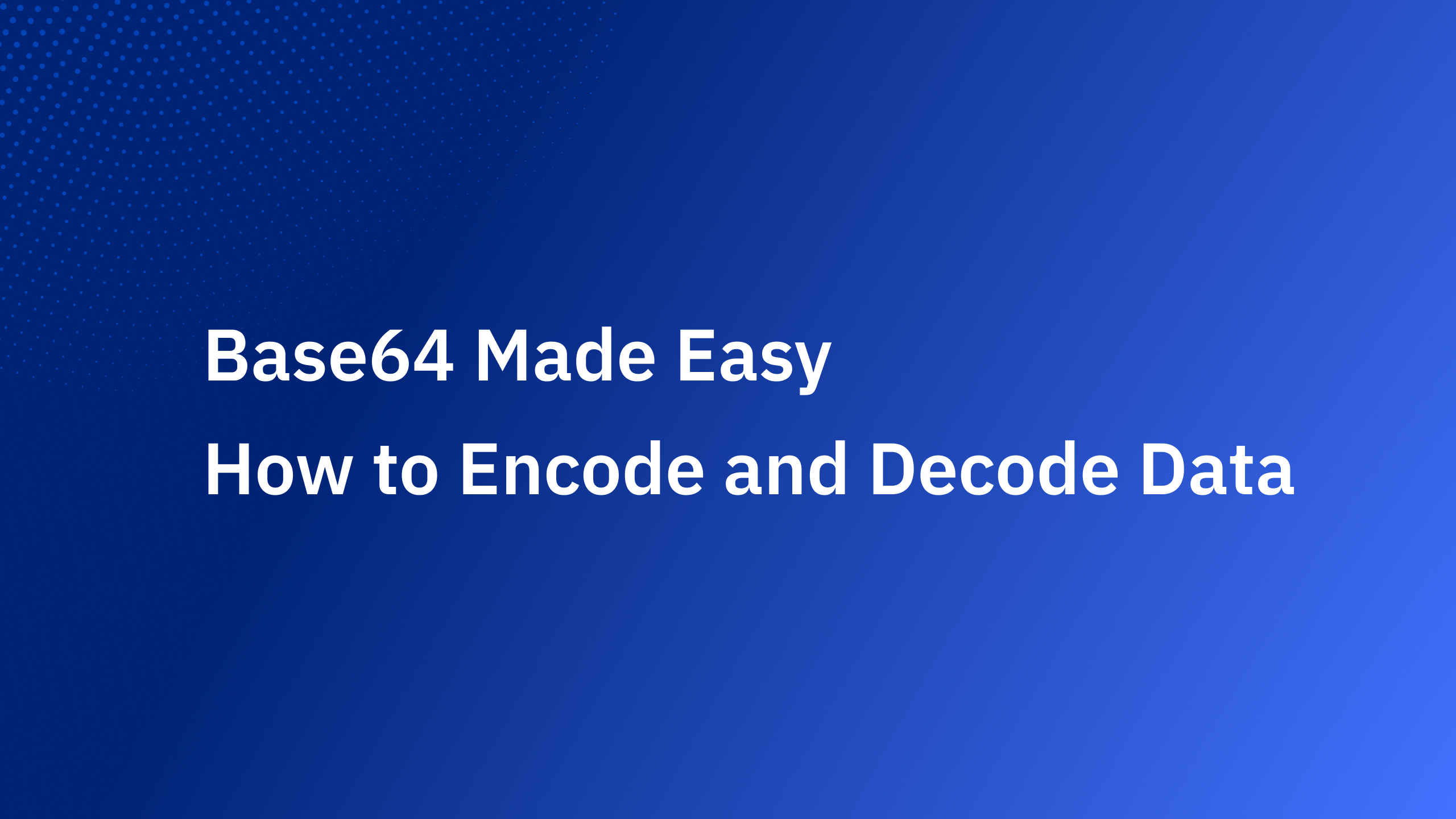Managing identities across SaaS applications can quickly become complex. Companies need reliable ways to automate onboarding, updates, group assignments, and offboarding without relying on manual work.
This is where understanding what is SCIM provisioning becomes essential.
SCIM (System for Cross-Domain Identity Management) is an open standard that defines consistent schemas and APIs for managing users and groups. Major identity providers such as Okta, Azure AD, Google Workspace, and Ping Identity use it to push identity changes directly into SaaS platforms. For teams evaluating what is SCIM provisioning, the value lies in automation, consistency, and reduced operational risk.
What Is SCIM?
SCIM (System for Cross-Domain Identity Management) is an open standard that automates the exchange of user and group data between identity providers (IdPs) and service providers (SPs). SCIM defines:
- A schema for identity objects
- A REST API for lifecycle operations
- A predictable model for provisioning, updating, and deprovisioning accounts
The goal is to eliminate manual onboarding, reduce errors, and align identity data across systems at scale.
SCIM 2.0 is the current and widely adopted version. Major IdPs, including Azure AD, Okta, Google Workspace, OneLogin, Ping Identity, and others, use SCIM to push identity changes into SaaS applications.
Why SCIM Matters for Modern SaaS Platforms
Enterprise environments rely on centralized directories to control access. Without SCIM, user lifecycle management becomes fragmented:
- Duplicate accounts appear
- Former employees retain access
- Group permissions drift over time
- Onboarding and offboarding require manual intervention
SCIM provisioning solves these problems by providing:
- Automated onboarding: Users are pre-provisioned as soon as they are assigned an application.
- Attribute synchronization: Profile changes propagate automatically.
- Centralized access governance: Group membership maps to roles inside the SaaS platform.
- Immediate offboarding: Deactivated users lose access consistently across systems.
For many enterprise buyers, SCIM support is a contractual requirement. SaaS teams building enterprise features often add SCIM early to reduce operational load and improve compliance alignment.
SCIM 2.0: Core Objects
SCIM operates mainly on structured resources defined by the SCIM schema. The two primary resource types are User and Group, with additional metadata endpoints for configuration and discovery.
1. User Resource
Represents a single identity record. Common SCIM 2.0 attributes include:
idexternalIduserNamename.givenNamename.familyNameactiveemails[]phoneNumbers[]
IdPs push these attributes when a user is created, updated, or deactivated. SaaS platforms typically map userName or externalId to an internal, stable identity key.
2. Group Resource
Represents a named collection of users. Key attributes include:
iddisplayNamemembers[]
Groups often drive role assignments, license types, or tenant membership. Many IdPs sync group membership changes in real time to enforce access rules.
3. Service Provider Configuration
Describes the SCIM server’s capabilities. IdPs read this endpoint to determine:
- Supported operations (
GET,POST,PUT,PATCH,DELETE) - Authentication methods
- Support for filtering or bulk operations
- Maximum request sizes
4. Resource Types
Provides metadata describing the available SCIM object types. This improves interoperability and reduces configuration errors between systems.
How SCIM Provisioning Works: Key Concepts
SCIM is built on a REST-style API with standardized endpoints, designed for predictable CRUD operations on users and groups. The most common endpoints include:
/scim/v2/Users– for creating, updating, and deactivating user accounts/scim/v2/Groups– for managing group memberships and roles/scim/v2/Bulk– for handling multiple operations in a single request/scim/v2/ServiceProviderConfig– for querying supported features of the SCIM server/scim/v2/ResourceTypes– for retrieving available object types
Identity providers interact with the SaaS platform using standard HTTP methods:
- Create User →
POST /User - Update User →
PATCHorPUT /Users/{id} - Deactivate User →
PATCH /Users/{id} set { active: false } - Delete User →
DELETE /Users/{id} - Manage Groups →
POST/PUT/PATCH /Groups
These API requests trigger the SaaS platform’s internal provisioning logic, such as creating local accounts, assigning permissions, or revoking access when a user leaves the organization.
SCIM Provisioning Flow (Step-By-Step)
SCIM provisioning automates the lifecycle of user and group accounts between an identity provider and a SaaS platform. The process ensures users are created, updated, and deactivated consistently, while group memberships and permissions stay in sync.
The following steps outline a typical provisioning sequence, showing how identity changes flow from the IdP to the SaaS system.
1. App Assignment
An administrator assigns a user or group to the application within the identity provider (IdP). This assignment initiates the provisioning process.
2. User Creation
The IdP sends a POST /Users request containing the user’s identity attributes, such as name, email, and department.
3. SaaS System Stores the Record
The SaaS platform creates or updates the corresponding user entity in its database and returns a SCIM ID that uniquely identifies the user.
4. Updates Through PATCH
Any changes to a user’s profile, such as department, name, or phone number, are sent incrementally using PATCH operations. This ensures the SaaS platform maintains up-to-date information without overwriting unrelated data.
5. Group Membership Sync
The IdP pushes group membership changes to /Groups/{id}. This keeps role mappings and permissions aligned with the user’s current assignments.
6. Deprovisioning Trigger
When a user is removed from the application or directory, the IdP sends either a PATCH active:false or a DELETE /Users/{id} request.
7. Access Revocation
The SaaS platform responds by disabling active sessions, revoking tokens, and updating authorization to ensure the user can no longer access the system.
This sequence allows enterprises to maintain a single authoritative identity source while keeping the SaaS platform synchronized with minimal manual intervention.
Just-In-Time vs Scheduled Sync
SCIM provisioning is typically paired with JIT or scheduled synchronization. Each model serves different requirements.
1. Just-In-Time (JIT) Provisioning
SCIM provisioning can be implemented in different synchronization models depending on the organization’s requirements:
Characteristics:
- Triggered by login, not pre-provisioning
- Suitable for lightweight identity models
- Does not automatically update attributes
- Deprovisioning depends on app removal or login check
JIT is simple to implement but may not satisfy enterprise governance needs, as it doesn’t support strict offboarding or pre-created accounts
2. Scheduled Sync (Push-Based Provisioning)
In this model, identity providers push updates at regular intervals or on-demand.
Characteristics:
- Typically syncs every 20–60 minutes, depending on the IdP.
- Handles bulk updates for large directories
- Corrects attribute drift
- Maintains authoritative identity state
Scheduled SCIM synchronization is the preferred approach for large enterprises or applications that require predictable, pre-provisioned accounts.
3. When Each Model Fits
- JIT: Best for small teams or low-complexity identity requirements.
- Scheduled SCIM Provisioning: Essential for enterprise-grade needs, strict offboarding, and group-driven authorization.
Deprovisioning: Why It Matters
Deprovisioning is a critical step in identity management. Failing to properly deactivate accounts creates one of the highest-risk security scenarios—former employees retaining access.
SCIM standardizes deactivation using:
PATCH /Users/{id} set { active: false }DELETE /Users/{id}- Group membership removal
A compliant SCIM server should:
- Disable user sessions
- Revoke active tokens
- Remove group-based permissions
- Prevent new sessions from being issued
Many SaaS platforms implement a “soft delete” approach to preserve audit logs while ensuring strict access control. Proper deprovisioning ensures that users who leave the organization cannot continue to access enterprise resources.
How SCIM Interacts With SSO?
SCIM is not an authentication protocol. Instead, it complements authentication systems by ensuring that user identities exist and are up-to-date before login. A typical architecture uses:
- OIDC or SAML for authentication
- SCIM for provisioning and attribute synchronization
- RBAC/ABAC for authorization based on SCIM data
This separation of responsibilities keeps authentication lightweight while centralizing identity lifecycle management.
Common SCIM Implementation Challenges and Pitfalls
While SCIM simplifies identity management in theory, production implementations frequently encounter challenges that can disrupt user lifecycle automation.
Understanding these pitfalls helps SaaS teams design more reliable provisioning systems.
- Attribute Mismatches: Different identity providers may interpret SCIM schemas inconsistently. Typical issues include missing or misformatted
userName, unstableexternalIdvalues, or multi-valued attributes such as phone numbers and emails that do not align with the application’s expectations. Without clear mapping rules and validation, these mismatches can cause repeated provisioning failures or data inconsistencies. - Incomplete PATCH Support: Many IdPs rely on incremental
PATCHoperations to update user attributes. If the SCIM server does not fully support PATCH semantics or handles only full replacements (PUT), updates may fail, leading to stale data and synchronization errors. - Duplicate Accounts from JIT and SCIM: When just-in-time (JIT) provisioning runs alongside SCIM push provisioning without a consistent, stable identifier, it can create parallel user records. This can result in authorization conflicts and auditing complications.
- Deprovisioning Gaps: Failing to fully deactivate users, including revoking API tokens, sessions, and group-based permissions, can leave former employees or contractors with lingering access. Many systems only disable UI login, which is insufficient for enterprise security.
- Error Handling and Reporting: Inconsistent or unclear error messages from the SCIM server can halt provisioning or make troubleshooting difficult. IdPs may pause synchronization after repeated 4xx responses, highlighting the need for precise logging and actionable feedback.
- Group Semantics Misalignment: Groups in the IdP may not map directly to roles or tenants in the SaaS platform. Without established conventions, this can lead to privilege escalation or misassigned access.
Addressing these pitfalls proactively ensures that SCIM provisioning delivers consistent, secure, and predictable identity management at scale.
Best Practices for SaaS Teams
Teams exploring what is SCIM provisioning should follow these best practices:
1. API and Schema Consistency
Support all CRUD operations for Users and Groups. Fully implement PATCH operations for incremental updates. Use stable, immutable SCIM IDs to avoid duplicates. Ensure default fields behave predictably to prevent unexpected data issues.
2. Security Hardening
Require token-based authentication for all provisioning requests. Validate incoming attributes against the SCIM schema to prevent invalid data. Log all provisioning events for auditing and troubleshooting. Apply rate limiting to protect the API from excessive requests or abuse.
3. Operational Reliability
Design APIs to be idempotent, so repeated requests do not cause errors. Provide clear, actionable error messages to make troubleshooting easier. Handle repeated requests safely, and implement reconciliation workflows to correct mismatches between the IdP and the SaaS platform.
4. Customer Integration Experience
Offer detailed SCIM configuration guides and documentation for attribute mappings. Provide debugging tools, logs, and support for test environments. This helps customers verify integration before going live and reduces support overhead.
SCIM vs JIT Provisioning: When To Use Each
SCIM provisioning is ideal for scenarios that require structured, automated identity management, including:
- Enterprise customers with complex user hierarchies
- Large numbers of users and nested groups
- Strict offboarding or deprovisioning policies
- Detailed role and permission models
- Pre-provisioned accounts that must exist before first login
Just-In-Time (JIT) provisioning works best for lighter, on-demand identity needs, such as:
- Smaller or non-enterprise accounts
- Applications that do not require pre-created users
- Cases where users can be created dynamically at first login
Many SaaS teams adopt a hybrid approach: using JIT provisioning for smaller customers or casual users, while relying on SCIM for enterprise tenants that require pre-provisioned accounts and strict lifecycle management. This balance helps optimize both efficiency and security across different customer segments.
Bottom Line
SCIM provisioning helps SaaS platforms manage users and groups efficiently, automating onboarding, updates, and offboarding while keeping data accurate across systems. This reduces errors, improves security, and ensures access stays aligned with current roles.
Explore Authgear today to streamline identity management and ensure consistent, secure access across all your applications.
FAQs
1. Is SCIM required for SSO?
No. SCIM handles user provisioning and management, while SSO (via OIDC or SAML) manages authentication. They complement each other but serve different purposes.
2. Does SCIM manage passwords?
No. SCIM is not an authentication protocol and does not transmit passwords.
3. Can SCIM manage roles?
Yes. Roles and permissions can be assigned or updated through SCIM attributes or group memberships.
4. What happens if provisioning fails?
Failed provisioning stops further updates until the issue is resolved. Clear error messages and logs help identify and fix the problem quickly.





_%20A%20Developer%E2%80%99s%20Guide%402x.jpg)


